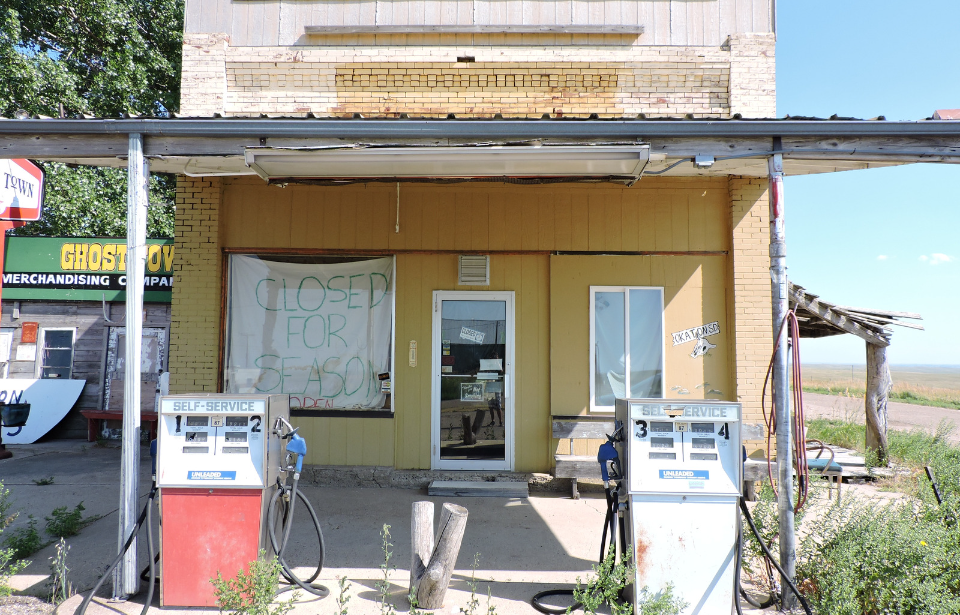Okaton, South Dakota lies just off Interstate 90, which travels east to west throughout the entire United States. This was once a functioning, albeit small, country town like many others near the same stretch of road. Now, however, it has turned into nothing but a ghost town with a minuscule population and many buildings that have either completely fallen apart or are on their way.
Founding the town
Okaton was founded in 1906 when the Milwaukee Railroad, also known as the Milwaukee Road, was built through the area. The railway began operation elsewhere in the US in 1847 and then expanded throughout the country until it ceased operations in 1986. There were many other nearby towns that were founded around the railway as well, including Murdo – the largest nearby town.
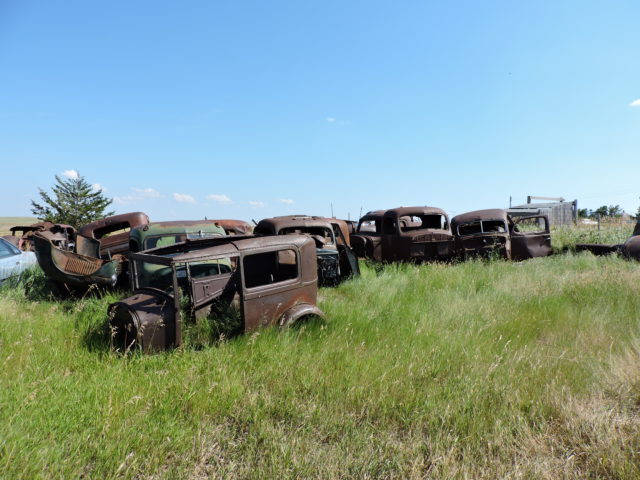
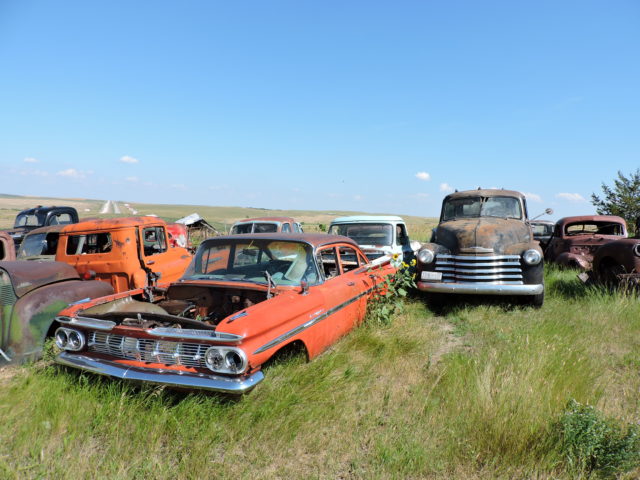
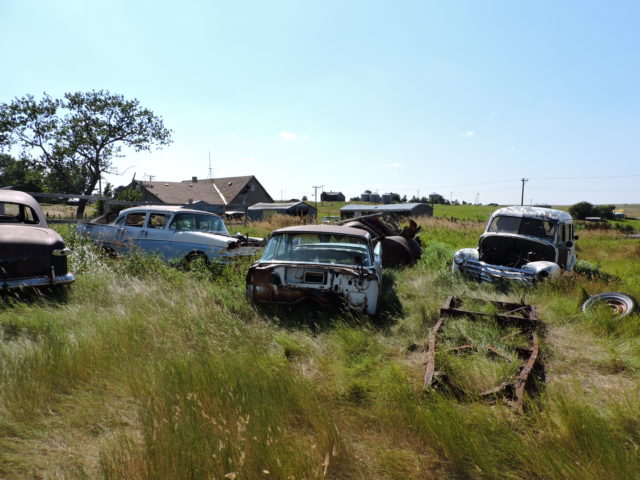
It was there in Murdo that the railway created a roundhouse, railyard, and passenger station for the trains. Okaton, on the other hand, remained much smaller. It thrived for a few years while business along the railway was booming. The town housed many of the rail workers employed with Milwaukee Road as well as numerous homesteaders and their families who began to farm in the surrounding areas.
A few thriving years
To support these individuals, a number of businesses were established. Despite this, the town’s thriving years didn’t last long. The railway workers only stayed as long as they were needed. Instead, they moved constantly to follow available work as the railway expanded through the area and new infrastructure and towns were built to accommodate it. Most of these men left Okaton shortly after the railway was founded.
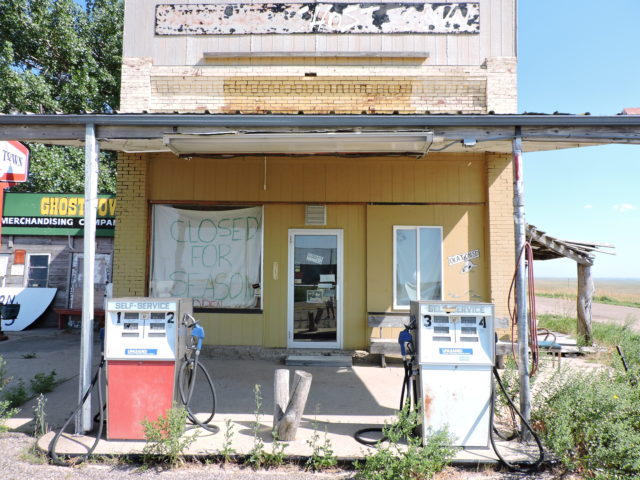
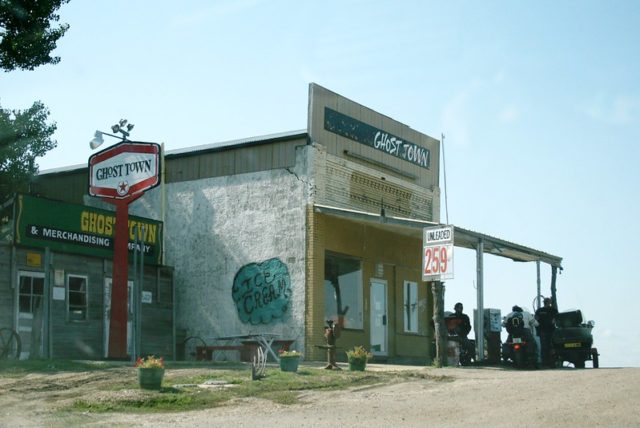
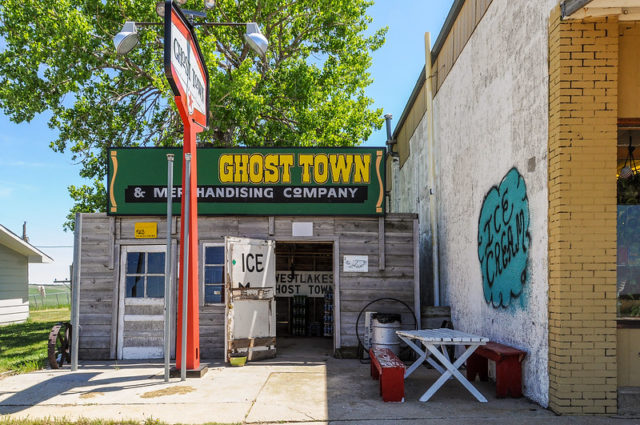
The farmers, on the other hand, stayed to raise cattle and grow grain on the land surrounding the town. Life in Okaton was hardly easy, as the winters were extremely harsh and forced many before them to leave for more comfortable places. The remaining townsfolk hung on the best they could until the Great Depression, when many of them were forced to move into the cities to look for jobs.
Reviving the town
The Great Depression was just one of many difficulties the town faced. Though it survived the financial difficulties of the 1930s, when Interstate 90 was laid in the area in the middle of the 1980s it brought an entirely new problem. Not only did the railway officially close during this period, but the highway bypassed the town – making it difficult for people to get to it.
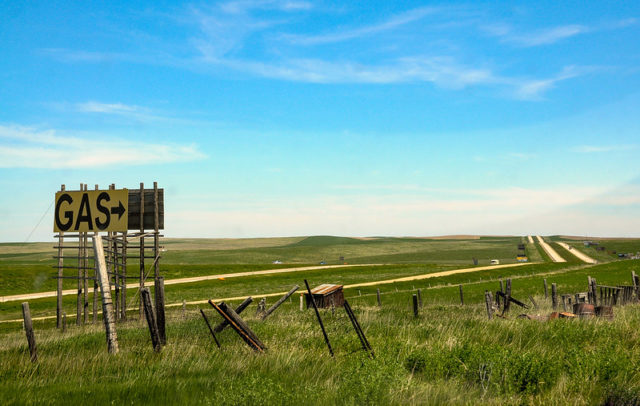
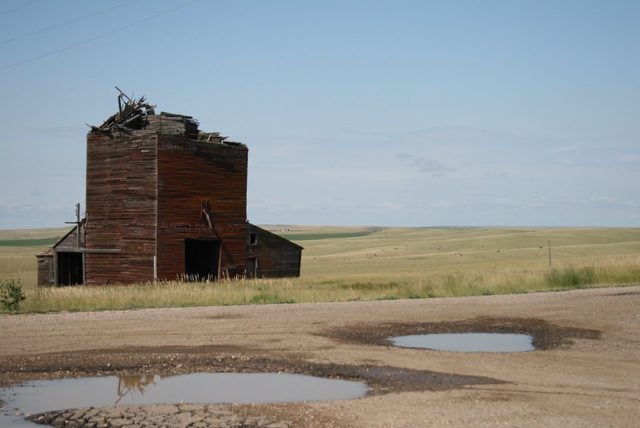
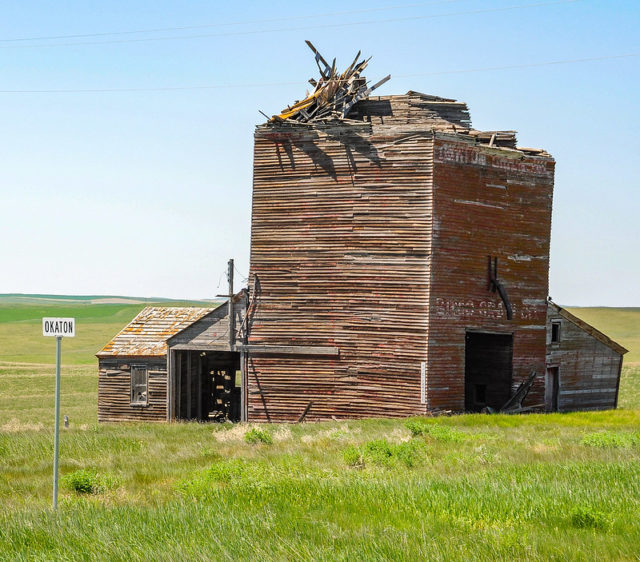
One family, the Westlakes, however, was determined not to let Okaton fall entirely into disrepair. They were not locals. Instead, they’d moved from Illinois to purchase some of the dilapidated properties which they turned into “Westlake’s Ghost Town.” Their hope was to create a tourist destination that people would pull off the highway to come and visit. Included in the experience were all the rundown buildings they purchased, as well as a gas station, general store, and rock shop. Perhaps the most unique part was their petting zoo.
Current population
Despite the efforts of the Westlake family and their success with their ghost town business, Okaton is no more. When Robert and Evelyn Westlake died no one took over their business and their holdings were sold off. The old Okaton grain elevator was supposed to be used in a film so it was repainted to read “Bingo Grain Co.” Sadly, the movie was never released.
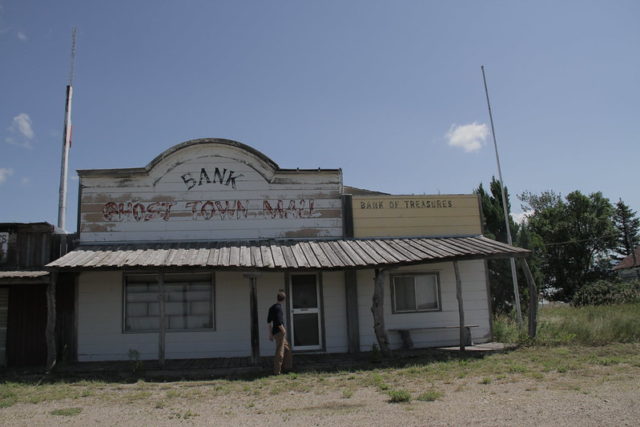
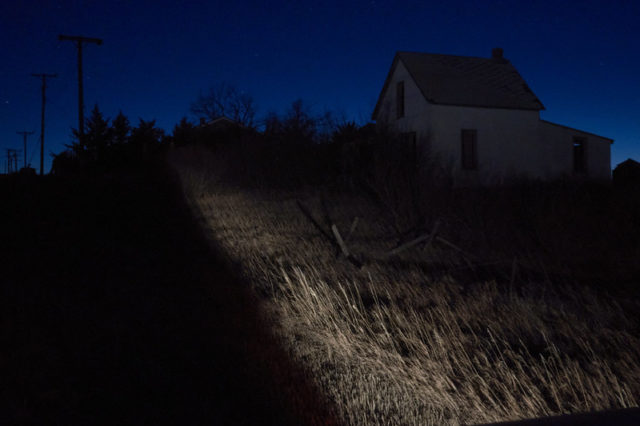
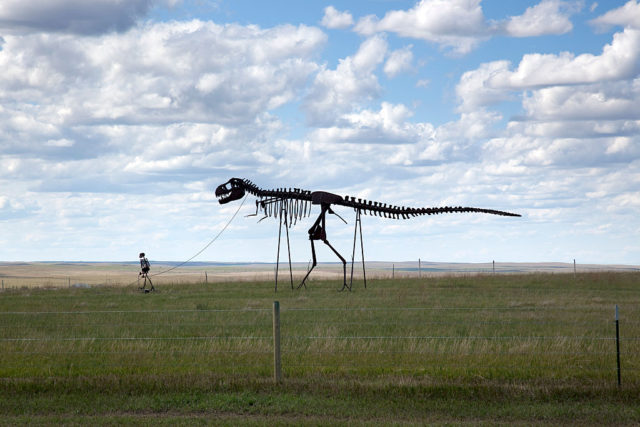
The town held on for a few more years, with the post office still operating until 2013, but that was also eventually closed and moved to the larger town of Murdo. As of 2020, the most recent census taken at the time of writing, the population of Okaton was only 31 people.
More from us: The Town Abandoned By All But the Freemasons – Nevadaville, Colorado
They were spread among 16 separate houses, although most of these are farms in the surrounding area rather than in the “downtown” area. The many buildings that used to make up Okaton still exist although they have fallen into a bad state.
